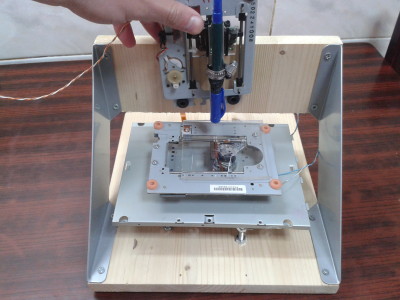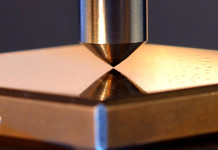Basic of CARPENTRY
Wood obtained from tree is the chief product of forest. It has been universally acceptable as
raw material for manufacturing wooden products or appliances. From the pre-historic times, wood has been utilized an important source of getting heat by firing it. It has been utilized as an mazor construction material for making shelter for the basic need of human being. As the civilization advanced, it gained tremendous importance as special material for boatbuilding, for piling to support docks and railroad tracks. But in modern times, with the advance of wood chemistry, the uses of wood have recognized its importance in manufacturing cheap useful products used in day today life such as paper, furniture, textiles, plastics and hundreds of chemicals and extractives. The wooden products as plywood have superseded in some products in comparison metallic and ceramic materials. Compressed wood has also replaced some metals for gears and die casts. In war-time, in Europe, wood has been used as a source of wood gas for propelling automobiles. Similarly clothing has-been made from wood cotton and wood wool. The useful work on wood is being generally carried out in a most common shop known as carpentry shop. The work performed in carpentry shops comprises of cutting, shaping and fastening wood and other materials together to produce the products of woods. Therefore, carpentry shop deals with the timber, various types of tools and the art of joinery. In wood, there are two types of cells namely radiating outward from the center of wood cross-section and running parallel to the length of wood. Trees are generally classified into exogenous and endogenous types according to manner of growth.
Exogenous types are also known as outward growing trees which produce timber for commercial use. They grow outward and the additional growth which occurs each year takes place on the outside of the trunk just underneath its bark, while the innermost timber continues to mature. Each time the growth cycle is completed the tree gains one more growth ring or annual ring. In counting these rings, the age of a tree can be determined, as each ring represents one year of growth.
Endogenous trees are also known as inward growing. They grow inwards i.e., every fresh layer of sapwood is added inside instead of outside. Cane, bamboo and coconut are examples of such endogenous trees.
Timber is a common name imparted to wood suitable for engineering, construction and building purposes. Timber is obtained from trees by cutting the main body of tree in the suitable sizes after the full growth of tree. The timber structure is consisting of annual rings, heartwood, sapwood, pith, cambium layer, bast, medullary rays and bark. Commercial timbers are commonly classified into hardwoods and softwoods. Hardwoods comprises of oak and beech that have a broad leaf. Whereas softwoods include pine and spruce which have narrow needle like leaf. Copied from Introduction to Basic Manufacturing Processes and Workshop Technology by Rajender Singh.
















